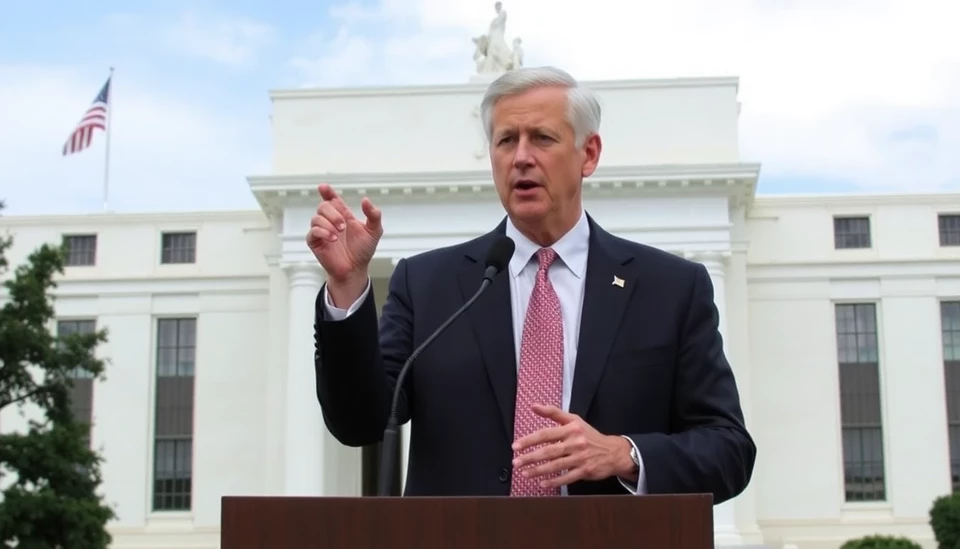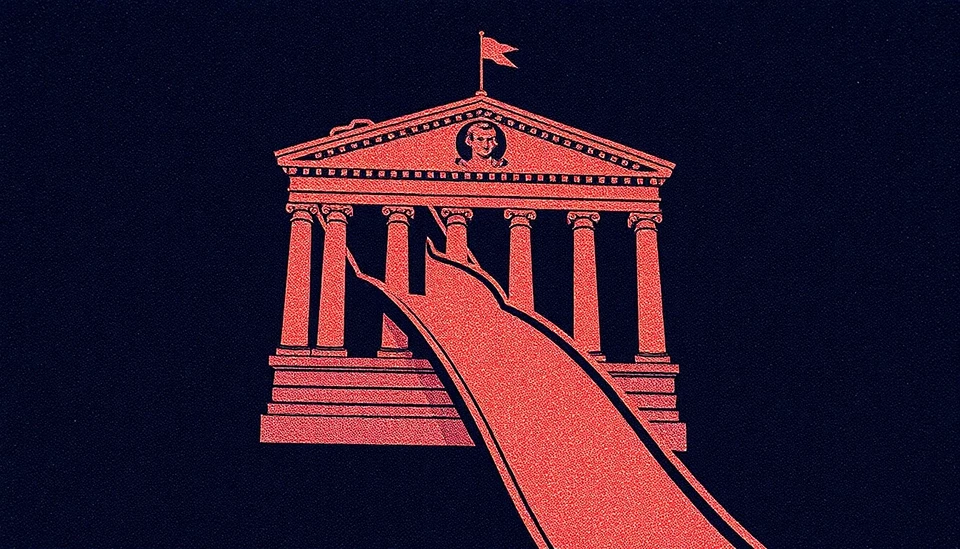
In a much-anticipated release, the U.S. Bureau of Labor Statistics has unveiled the Consumer Price Index (CPI) report for September 2024, shedding light on inflation trends that continue to shape the American economy. The latest data reveals a significant uptick in inflation, raising concerns among economists and policymakers alike.
According to the report, the year-over-year inflation rate rose to 3.9%, which is a notable increase compared to the previous month's figure of 3.7%. This acceleration in inflation has raised eyebrows, particularly given the Federal Reserve's ongoing battle to stabilize prices in the aftermath of numerous interest rate hikes conducted over the past couple of years.
Food and energy prices have played a pivotal role in this latest CPI reading. Fuel prices, which have seen a steady rise, are largely contributing to the heightened inflationary pressures. The price of gasoline surged by 5.1% in September alone, and overall energy prices increased by 4.5%. These spikes are raising concerns about consumer spending, which is a critical driver of the economy.
On the food front, prices also reflected upward movement, climbing by 3.2% from the previous month. This increase is attributed to various factors including supply chain disruptions, adverse weather conditions impacting agricultural production, and increasing transportation costs. Consumer sentiment could sway significantly if food prices persist in their upward trajectory, leading to potential shifts in spending behaviors.
Furthermore, the case for labor costs must be examined, as the service sector continues to witness wage pressures that contribute to overall inflation. With tight labor markets and rising wages, businesses are likely to pass on these costs to consumers, perpetuating the cycle of inflation.
Economists are closely watching these developments as they impact the Federal Reserve’s monetary policy decisions moving forward. The central bank has previously hinted at a cautious approach, but these latest inflation figures may prompt a reevaluation of future rate movements. The balance between curbing inflation and sustaining economic growth remains a delicate tightrope for Federal policymakers.
Analysts are divided on how these inflation dynamics will unfold in the coming months. Some predict a cooling off as consumer demand may diminish in reaction to higher prices, while others forecast persistent inflationary trends driven by unwavering energy costs and sustained wage growth. This complex interplay of factors will create uncertainty for businesses and consumers alike.
The next steps from the Federal Reserve will be pivotal. If inflation does not show signs of improvement, additional rate hikes may be on the horizon. Market participants are keenly analyzing these trends for cues on future economic directions, and the stakes are high given the upcoming presidential election, which could further complicate the economic landscape.
In summary, the September CPI report has marked an important moment for understanding ongoing inflationary trends in the U.S. economy. With rising energy and food prices coupled with labor costs, the implications are significant for consumers and policymakers alike. As we move forward, all eyes will remain fixed on how these dynamics will play out in relation to economic growth and Federal Reserve strategies.
#inflation #economic #news #CPI #report #U.S. #Federal #Reserve
Author: Rachel Greene




